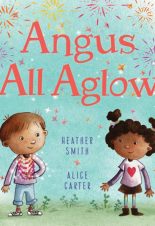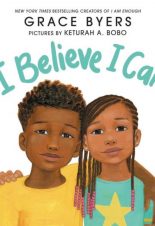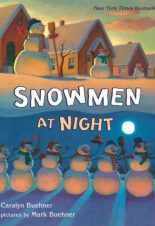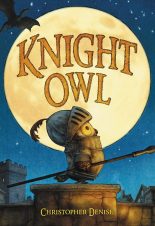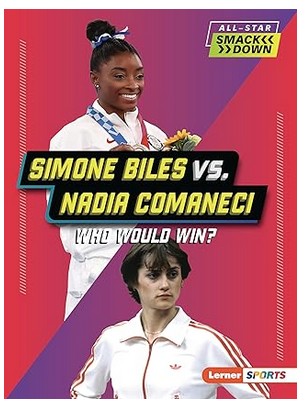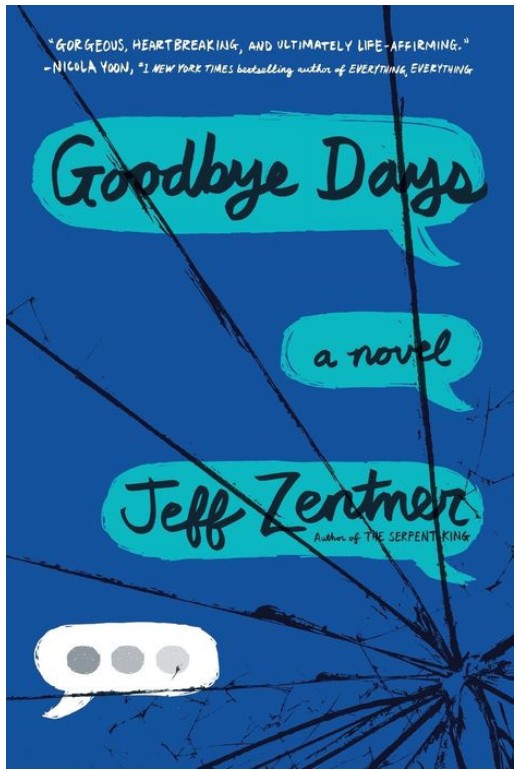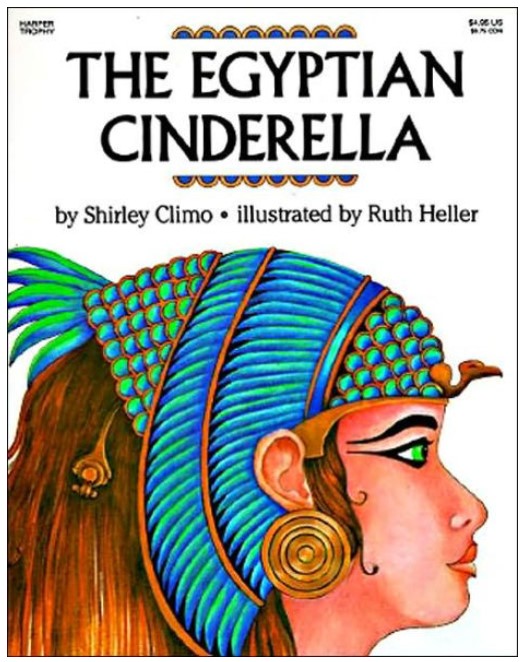
Buy This Book
“‘She is the most Egyptian of all,’ the Pharaoh declared. ‘For her eyes are as green as the Nile, her hair as feathery as papyrus, and her skin the pink of a lotus flower.’” –The Egyptian Cinderella
The Egyptian Cinderella
by The Egyptian Cinderella
AR Test
4-8
Score
4.5
32
This Egyptian spin on the classic Cinderella tale was initially recorded in the first century by a Roman historian and is retold here by folklorist Shirley Climo.
Poor Rhodopis! She has nothing—no mother or father, and no friends. She is a slave from the far-off country of Greece. Only the beautiful rose-red slippers her master gives her can make Rhodopis smile. So, when a falcon swoops down and snatches one of the slippers away, Rhodopis is heartbroken. For how is she to know that the slipper will land in the lap of the great Pharaoh himself? And who would ever guess that the Pharaoh would promise to find the slipper’s owner and make her queen of all Egypt?
The Egyptian Cinderella follows the same story format as the original fairy tale. However, instead of stepsisters, Rhodopis is treated badly by three servant girls who tease Rhodopis about her looks. Instead of having brown eyes, straight hair, and skin “like copper,” Rhodopis has green eyes and hair that “the breeze blew. . . into tangles.” However, her unique looks are what sets Rhodopis apart from the others. The Pharaoh says, “She is the most Egyptian of all…For her eyes are as green as the Nile, her hair as feathery as papyrus, and her skin the pink of a lotus flower.”
Illustrator Ruth Heller uses bright and bold colors to bring Rhodopis’ world into vivid detail. Almost all of the illustrations include aspects of nature, such as plants, birds, and a monkey. The jewel-colored illustrations help highlight Egyptian culture. Even though The Egyptian Cinderella is intended for young readers, many of the pages are text-heavy, which may make it hard for younger readers to sit through a reading of the book. In addition, the complex sentence structure and advanced vocabulary make the book best read to a child rather than for the child to read it independently.
Anyone who enjoys fairy tales will find Rhodopis’ story captivating. The beautiful illustrations and familiar story will allow readers to imagine Egypt. In the end, the Pharaoh overlooks the fact that Rhodopis was a slave, which gives the story a happy-ever-after that everyone will enjoy. The story is based on Rhodopis, a Greek slave girl who indeed married a Pharaoh, which makes the story’s conclusion even sweeter. Readers who enjoy fairytales can find more retellings by reading the Whatever After Series by Sarah Mlynowski and the Once Upon a Fairy Tale Series by Anna Staniszewski.
Sexual Content
- None
Violence
- Rhodopis is kidnapped and sold into slavery.
Drugs and Alcohol
- None
Language
- None
Supernatural
- None
Spiritual Content
- The story mentions “Ra the Sun” climbing into the sky.
- The god Horus appears as a falcon. When Rhodopis sees him, she “bowed her head and felt a rush of air on the back of her neck.”
- When a falcon drops a shoe in the Pharaoh’s lap, he says, “The god Horus sends me a sign!” Afterward, the Pharaoh searches for the maiden to whom the shoe belongs.

